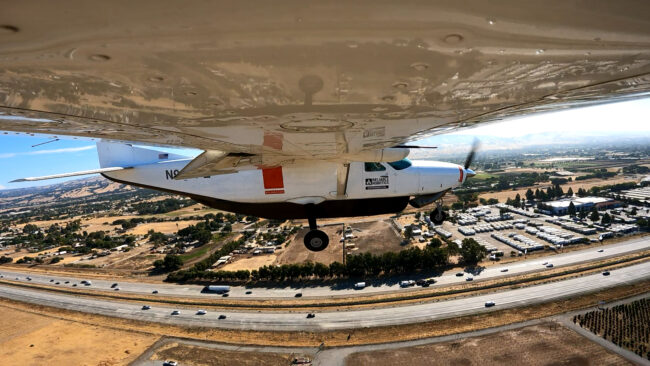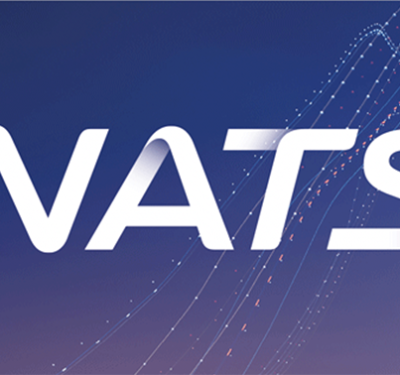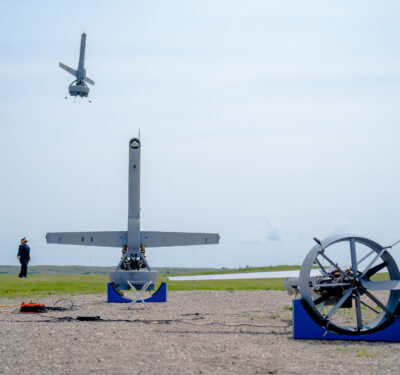
MOUNTAIN VIEW, Calif.—Reliable Robotics completed a series of simulations and flight tests demonstrating successful integration of remotely piloted aircraft systems into congested airspace as part of the FAA’s Urban Air Mobility Airspace Management Demonstration, or UAMD.
Funded by the FAA through Embry-Riddle Aeronautical University, the demonstration included a week-long series of flights in Northern California.
“The flight tests conducted by Reliable Robotics highlighted the ability for new aircraft systems to interact with third-party service providers and seamlessly integrate into future airspace environments, and provided critical data for future operations,” said Diana Liang, enterprise portfolio manager at the FAA.
The test construct demonstrated Reliable’s ability to execute vectoring, airspeed diverts, and fly under various simulated weather conditions in simulated Class B airspace. Reliable shared aircraft telemetry through the company’s control center to OneSky, a third-party service provider, who in turn transmitted the data to the FAA’s NextGen Integration & Evaluation Capability research lab. FAA air traffic controllers participated in the test and provided the FAA NextGen program office with critical validation and insights for its UAM Conops 2.0.
“Collaborating with the FAA on demonstrations like this will help enable the future of mobility and the evolution of our airspace to accommodate new aircraft systems,” said Davis Hackenberg, vice president of government partnerships at Reliable Robotics. “Watching our system successfully operate in a live test environment is exciting, and we are proud to help pave the way for future integration of large uncrewed aircraft.”
Reliable’s system will improve aviation safety and prevent common causes of accidents such as controlled flight into terrain, and loss of control, by enabling continuous autopilot engagement through taxi, takeoff and landing, the company said.






